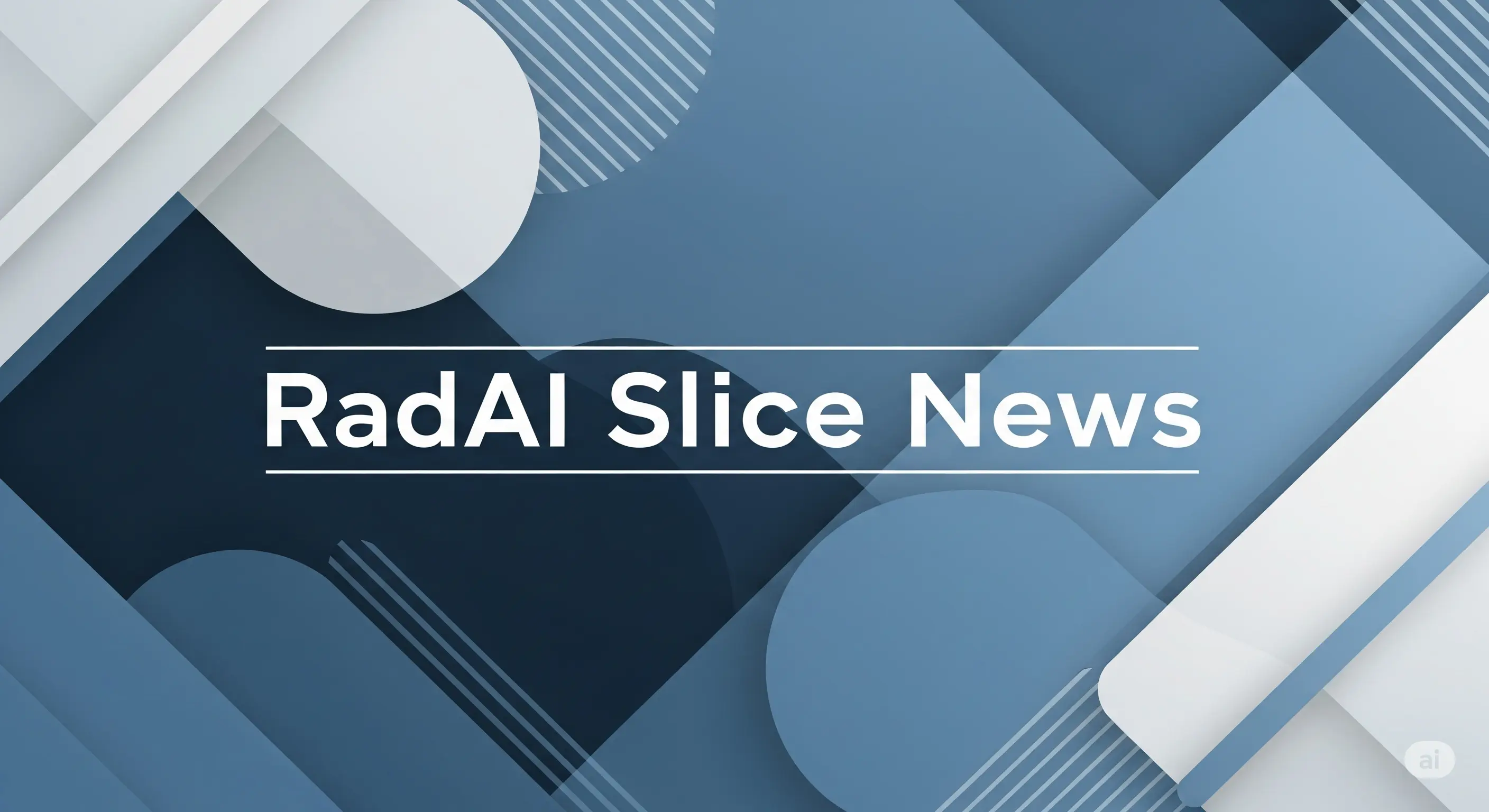A deep-learning model combining radiomics and clinicopathologic data with breast DCE-MRI improves prediction of complete pathological response after chemotherapy.
Key Details
- 1Study led by Chaowei Wu, PhD, at Cedars-Sinai Medical Center.
- 2Model integrates clinicopathologic data, shape radiomics, and retrospective pharmacokinetic quantification radiomics.
- 3Included MRI data from 1,073 breast cancer patients (2002–2016).
- 4Model achieved higher AUCs (up to 0.82 on external datasets) vs. conventional methods.
- 5Reported accuracy 69%, sensitivity 95%, specificity 59%.
- 6Early pCR prediction aids personalized treatment planning.
Why It Matters
Improved prediction of chemotherapy response using AI-driven analysis of DCE-MRI could enable more personalized and effective treatment strategies in breast cancer, potentially improving outcomes. The results show better accuracy and generalizability than existing methods across multiple datasets.

Source
AuntMinnie
Related News

•AuntMinnie
AI Enables Safe 75% Gadolinium Reduction in Breast MRI Without Losing Sensitivity
AI-enhanced breast MRI with a 75% reduced gadolinium dose maintained diagnostic sensitivity comparable to full-dose protocols.

•Cardiovascular Business
Deep Learning AI Model Detects Coronary Microvascular Dysfunction Via ECG
A new AI algorithm rapidly detects coronary microvascular dysfunction using ECGs, with validation incorporating PET imaging.

•AuntMinnie
Study: Patients Prefer AI in Radiology as Assistive, Not Standalone Tool
Survey finds patients support AI-assisted radiology but not AI-only interpretations.